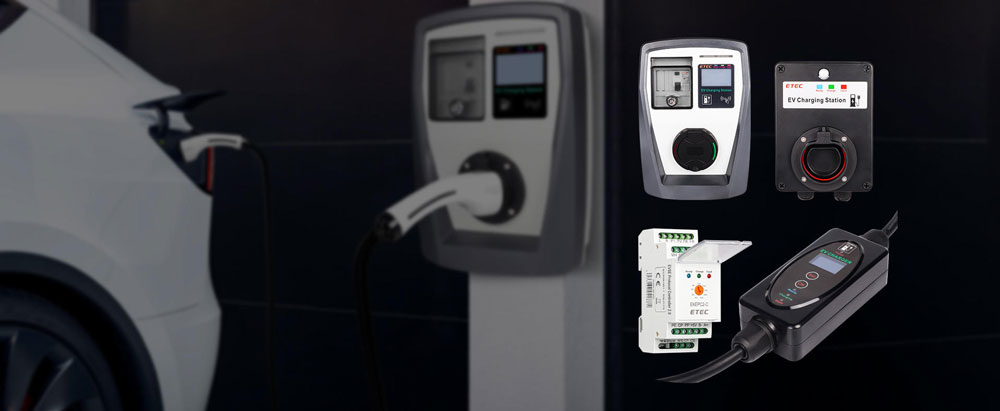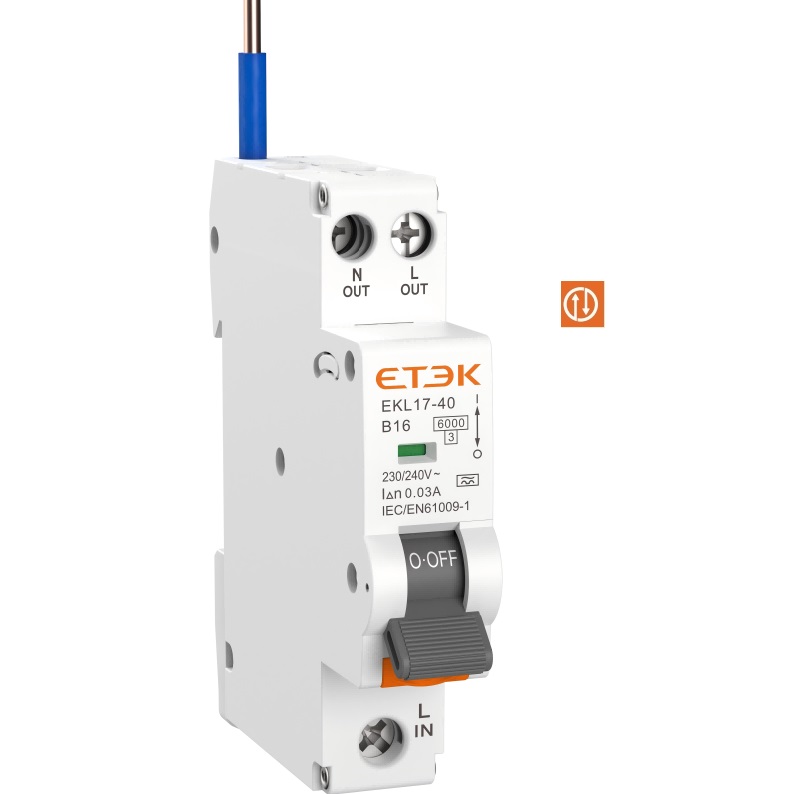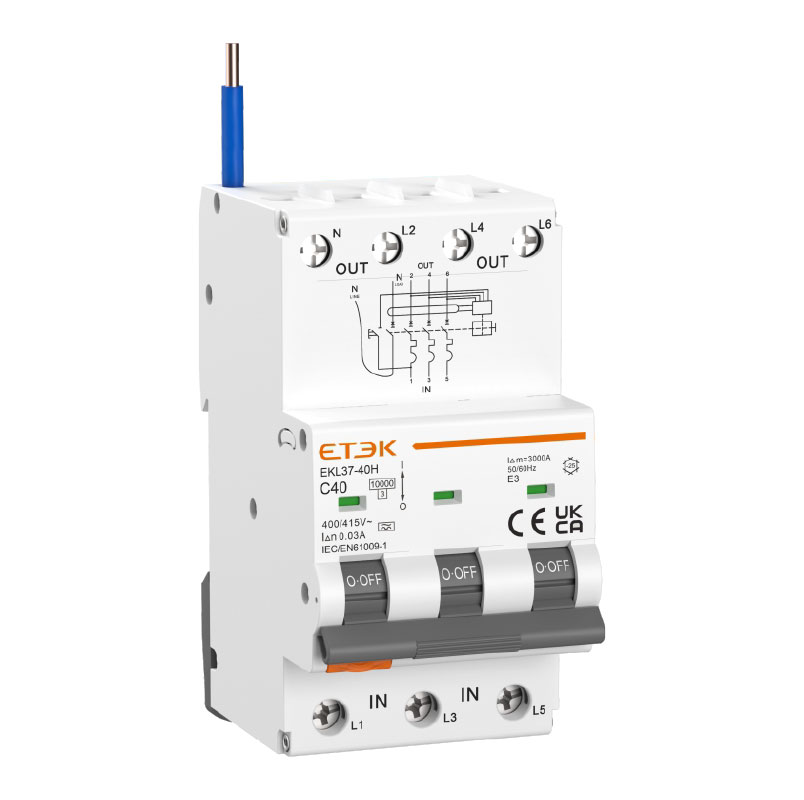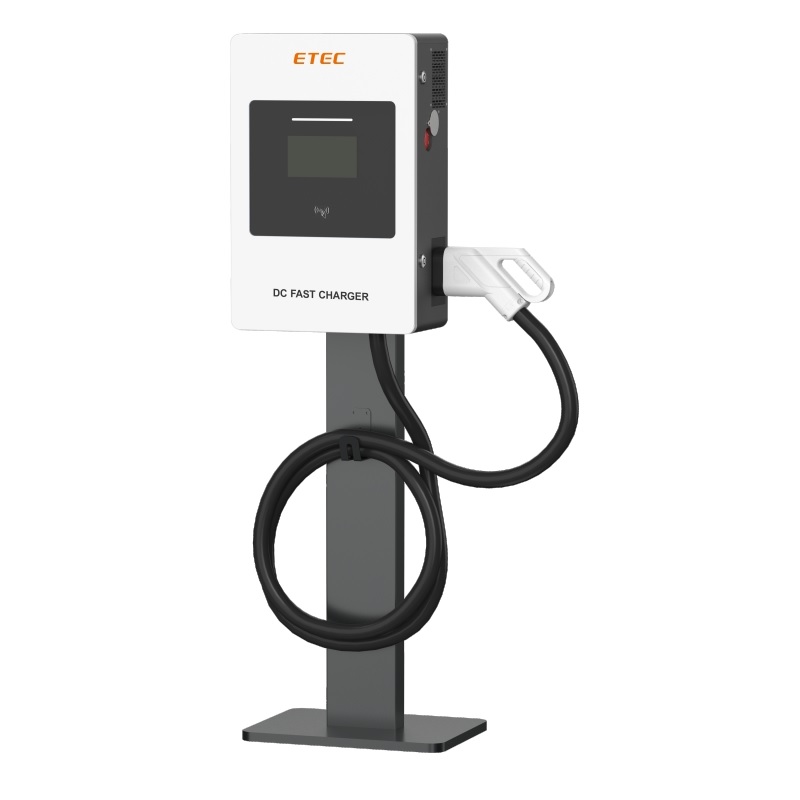What is the difference in charging efficiency and speed between AC and DC electric vehicle chargers?
Electric vehicles (EVs) have gained popularity as eco-friendly alternatives to conventional gas-powered cars. Charging is a key aspect of EV ownership, with two main charger types: AC (alternating current) and DC (direct current). Differentiating between these chargers is vital for both EV owners and infrastructure planners.
AC EV Charger:
AC EV chargers are commonly found in homes, workplaces, and public charging stations. They convert AC electricity from the grid into DC power to charge the vehicle's battery. AC chargers operate at lower voltages (120V or 240V) and deliver power at varying currents, typically up to 32 amps. They have a longer charging time compared to DC chargers and are compatible with most EVs on the market. AC chargers are cost-effective for residential and commercial use.
DC EV Charger:
DC EV chargers, also known as fast chargers or rapid chargers, deliver high-voltage DC power directly to the vehicle's battery. They operate at higher voltages (200V to 1000V) and can deliver power at much higher currents, ranging from 50 kW to 350 kW. DC chargers offer significantly faster charging times, making them suitable for on-the-go charging at highway rest stops or public charging stations. Compatibility and cost can be a concern, as not all vehicles support the highest charging rates, and there are multiple DC charging standards. DC chargers are more expensive to install and are typically deployed strategically along highways and major travel routes.
What is the difference in charging efficiency and speed between AC and DC electric vehicle chargers?
Charging speed:
DC chargers offer faster charging speeds. This is because DC chargers contain internal converters that convert alternating current (AC) directly to direct current (DC), which is then fed directly into the battery, bypassing the converter on the vehicle. This makes DC chargers particularly suitable for public charging stations and long journeys.
In contrast, AC EV chargers need to go through the vehicle's converter to convert AC power to DC power and then recharge, a process that is typically slower and can take hours to fully charge the battery.
Charging efficiency:
DC EV chargers typically deliver higher charging power due to their efficient conversion mechanism. For example, on a 400V platform, a 250A current has a charging power of 100kW, while ramping up to 500A+ can achieve fast charging at the 200kW level.
AC chargers, on the other hand, have relatively low charging efficiency due to their slower conversion process. For example, charging with 240V AC may take around 8 hours to fully charge the battery, whereas with a DC charger it only takes 1-2 hours to reach 80% charge.
DC chargers are superior to AC chargers in terms of both charging speed and efficiency, and are especially suitable for scenarios that require fast charging. AC chargers, on the other hand, are better suited for everyday home use or long periods of parking.
In summary
AC and DC chargers have their own advantages, and it is crucial to choose the right charging method according to different usage scenarios and needs. With the continuous development of the electric vehicle market, charging technology is also progressing, and in the future we can expect the emergence of more convenient and efficient charging solutions to provide better support for the popularity and sustainable development of electric vehicles.





















